
While I was back in the UK for Christmas I was asked by someone about the 'reform of the reform' and what elements comprise it. This is an important matter, and here, in essence, was my reply. The 'reform of the reform' is the way in which the contemporary liturgical movement is developing the Liturgical reform of the Second Vatican Council and the implementation of the 'Novus Ordo' Mass, so that it better expresses the nature of Catholic Liturgy. The main promoter of the 'reform of the reform' is Benedict XVI.
Two important factors are involved in understanding this movement. First, it is important to have a genuine understanding of the Liturgy (a liturgical catechesis), what the Liturgy of the Church is in itself. I would cite here just two sources: The Catechism of the Catholic Church, paragraphs 1066 - 1209, and Joseph Ratzinger's book, "The Spirit of the Liturgy", especially its Preface and the whole of Part 4.
Secondly, it is important to recognise that the Liturgy develops over time, and that we are still very close to the reforms of the late 60s, and that the whole sense of a reform of the reform is only about five years old. Time is on our side and we shouldn't expect sudden developments; we are looking at an organic process of development/reform which will probably take 50-100 years.
So, with these things in mind, here are the main sources for appreciating the 'reform of the reform':
1. We should read, reflect upon and know the Council's document on the Liturgy, "Sacrosanctum Concilium".
2. We should have some knowledge of the previous Liturgy of the Mass, the so-called Tridentine Mass, in order to see where we have come from.
3. We should read and refect upon Benedict XVI's Apostolic Exhortation "Sacramentum Caritatis", which gives us an over-arching vision of the reform of the Liturgy which has taken place.
4. We should note Benedict's teachings on the Liturgy in his homilies, addresses etc. For instance, what he says in his new book "Light of the World", pp105-106, 155-158, is very important.
5. The 'Benedictine' altar arrangement of the candles and crucifix.
6. The new English translation of the Altar Missal.
7. The Motu Proprio "Summorum Pontificem", in which the Old and New forms of the Rite are brought together in order to shine light on each other; for the two forms to be reformed by each other, as it were.
Of course, there are lots of other sources, but my intention is to point out simply the heart of the matter and I hope that these indications will be helpful to others.
(I took the above photo last month in the old church in the village of Perouges, near Ars in France.)
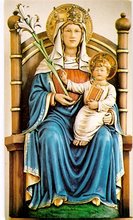

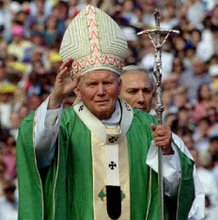
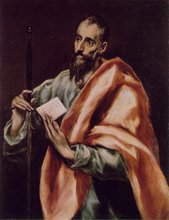
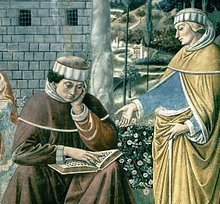
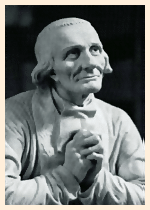

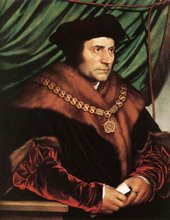


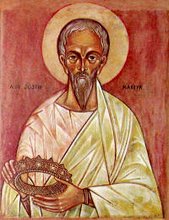
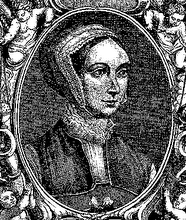
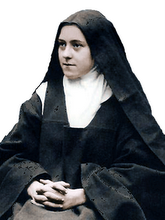
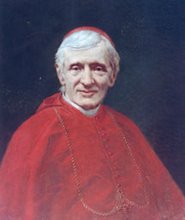
2 comments:
Attending mass in other rites is quite an eye-opener too. It certainly gives you more of a feel for what is catholic and what is not.
I disagree, Berenike. That which is Catholic is participating in the action of Christ in the Mass, not attending Mass as you might some cultural activity. Indeed, your observation suggests that you have missed the whole nature of the reform of the reform.
Post a Comment